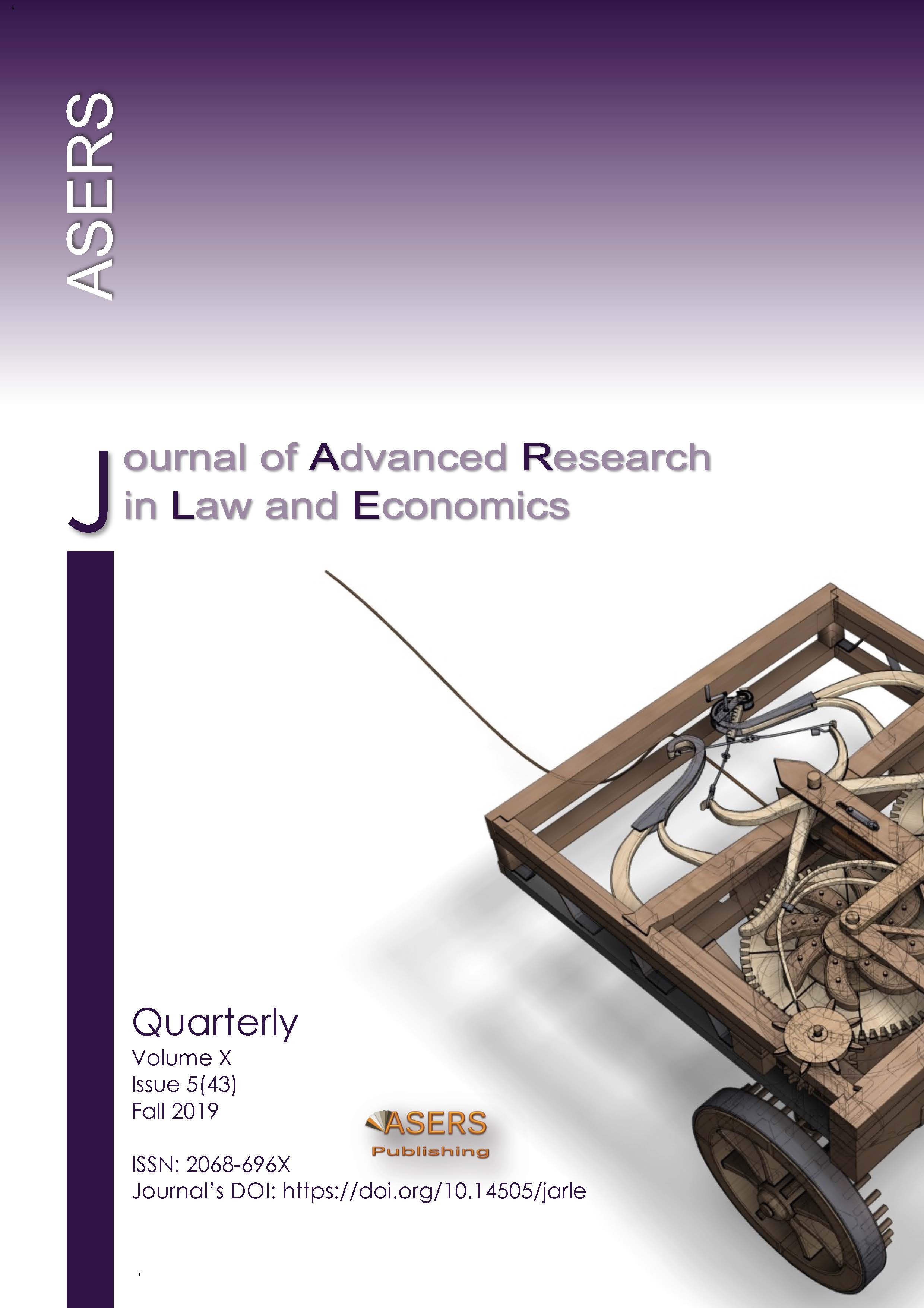Latent Crime Research Methodology in Europe, Commonwealth of Independent States (CIS) and Kazakhstan
Latent Crime Research Methodology in Europe, Commonwealth of Independent States (CIS) and Kazakhstan
Author(s): Nazira K. Abdramanova, Anar B. Bekenova, Maksat B. Abayev, Talgat B. SATKEY, Madina A. AlimbekovaSubject(s): Law, Constitution, Jurisprudence, Criminal Law, EU-Legislation
Published by: ASERS Publishing
Keywords: crime; investigation; methodology; detection; structure;
Summary/Abstract: The study is relevant due to the fact that latent crime is expressed not only in the form of a share of unregistered crimes, but also in the form of a share of acts that are not registered in criminal reporting by their element. Each of the elements of a crime is formed on the basis of a comparison of the gravity of the act with its public danger and the form of its content in accordance with criminal legislation. In this regard, the main importance for the study of latent crime is acquired by methods not only of investigating the percentage of latent crimes by known elements, but also by identifying related details on the structure of crimes. The novelty of the study lies in the fact that the specifics of the investigation are factored in and adapted in relation to crimes that may not always be regarded as socially dangerous acts. The authors of the article demonstrate that the possibility of classifying a particular act as a crime of a latent type is based primarily on the fact that achieving full disclosure of criminal acts is not always possible. And, therefore, this approach should determine the typological error in the determined form of acts. The practical significance of the study is determined by the fact that latent crime can be fully localized only in those communities that form the legal basis of the state.
Journal: Journal of Advanced Research in Law and Economics (JARLE)
- Issue Year: X/2019
- Issue No: 43
- Page Range: 1358-1369
- Page Count: 12
- Language: English
- Content File-PDF

